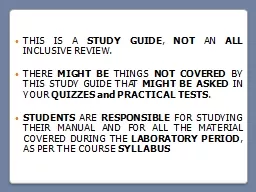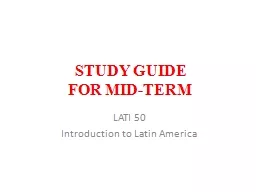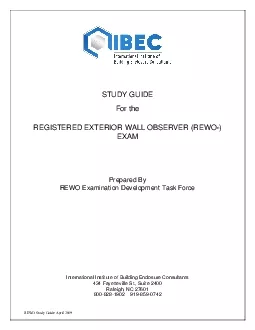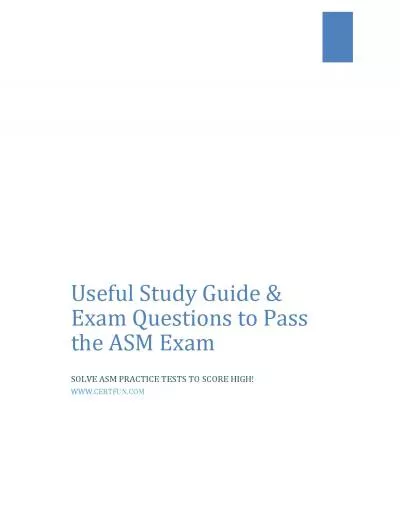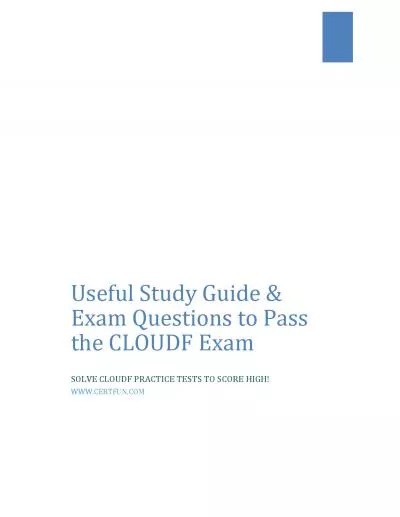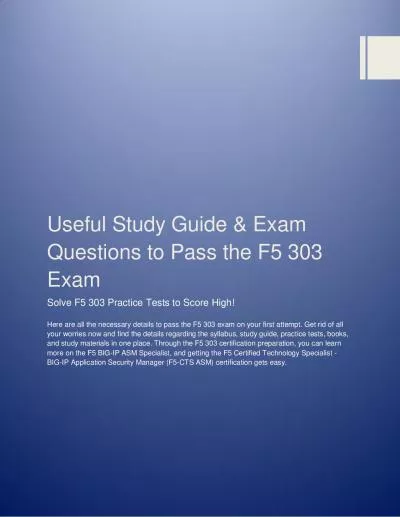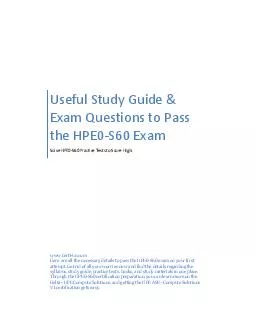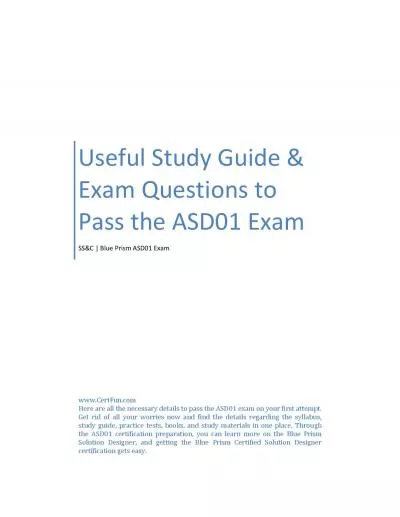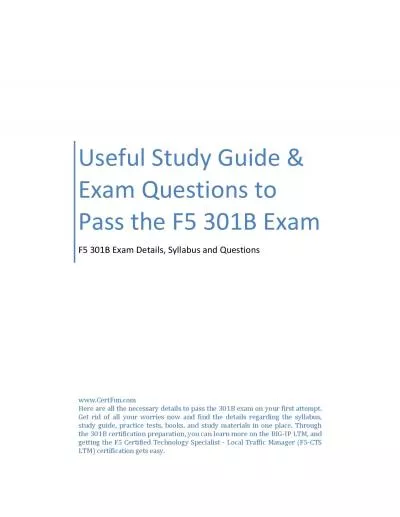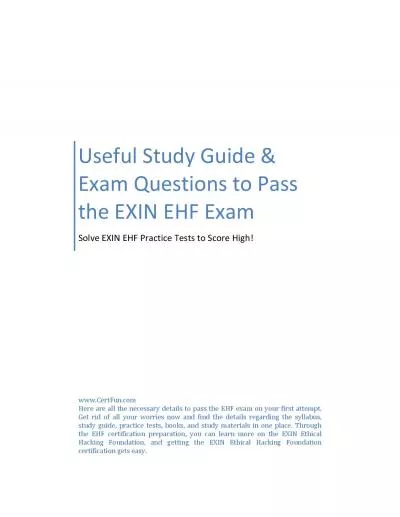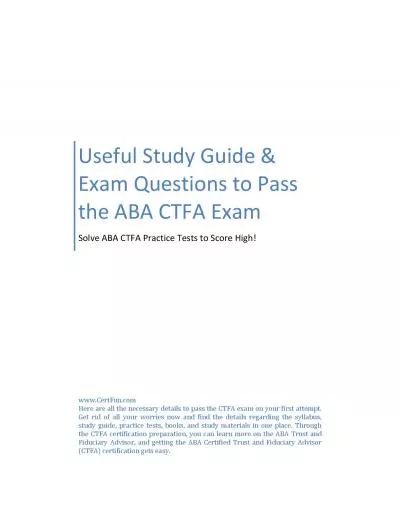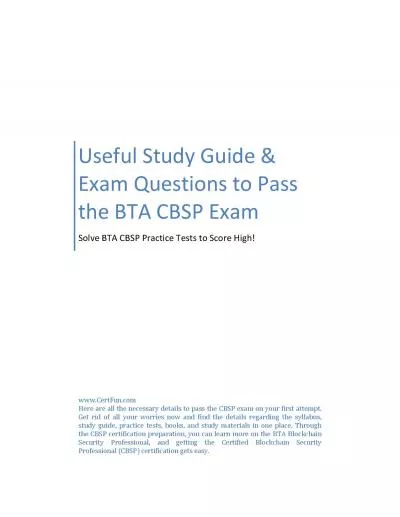PPT-THIS IS A STUDY GUIDE ,
Author : mitsue-stanley | Published Date : 2020-04-02
NOT AN ALL INCLUSIVE REVIEW THERE MIGHT BE THINGS NOT COVERED BY THIS STUDY GUIDE THAT MIGHT BE ASKED IN YOUR Q UIZZES and PRACTICAL TESTS STUDENTS ARE RESPONSIBLE
Presentation Embed Code
Download Presentation
Download Presentation The PPT/PDF document " THIS IS A STUDY GUIDE , " is the property of its rightful owner. Permission is granted to download and print the materials on this website for personal, non-commercial use only, and to display it on your personal computer provided you do not modify the materials and that you retain all copyright notices contained in the materials. By downloading content from our website, you accept the terms of this agreement.
THIS IS A STUDY GUIDE , : Transcript
Download Rules Of Document
" THIS IS A STUDY GUIDE , "The content belongs to its owner. You may download and print it for personal use, without modification, and keep all copyright notices. By downloading, you agree to these terms.
Related Documents

